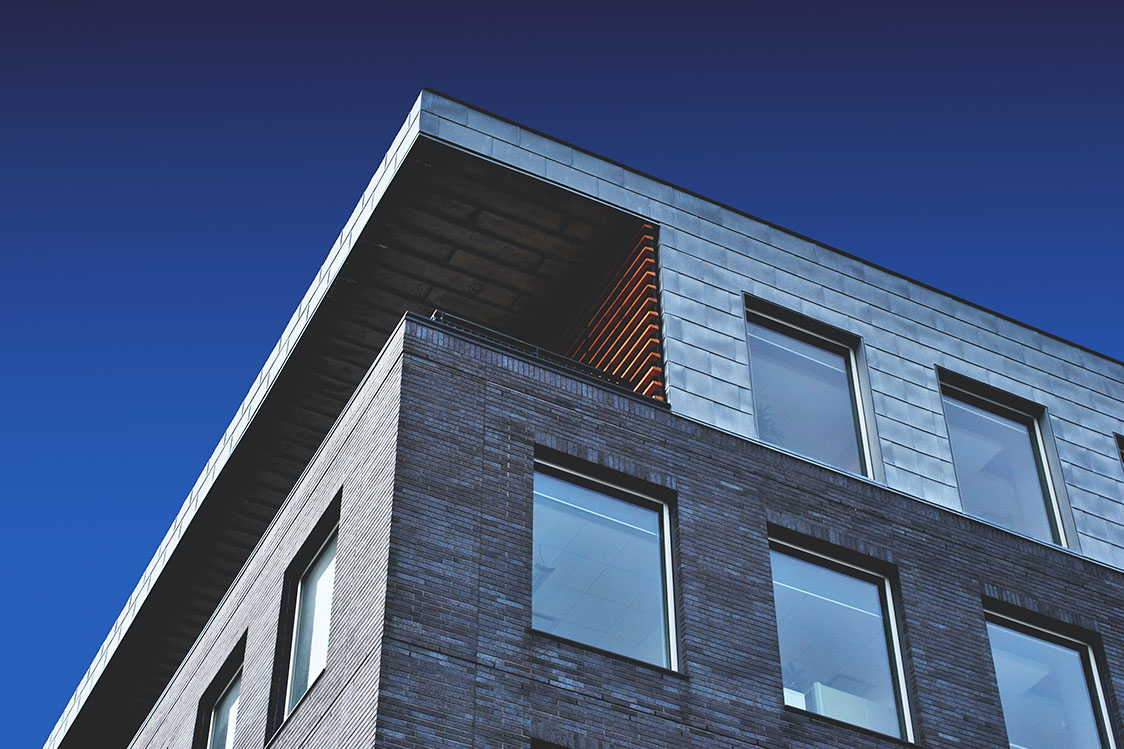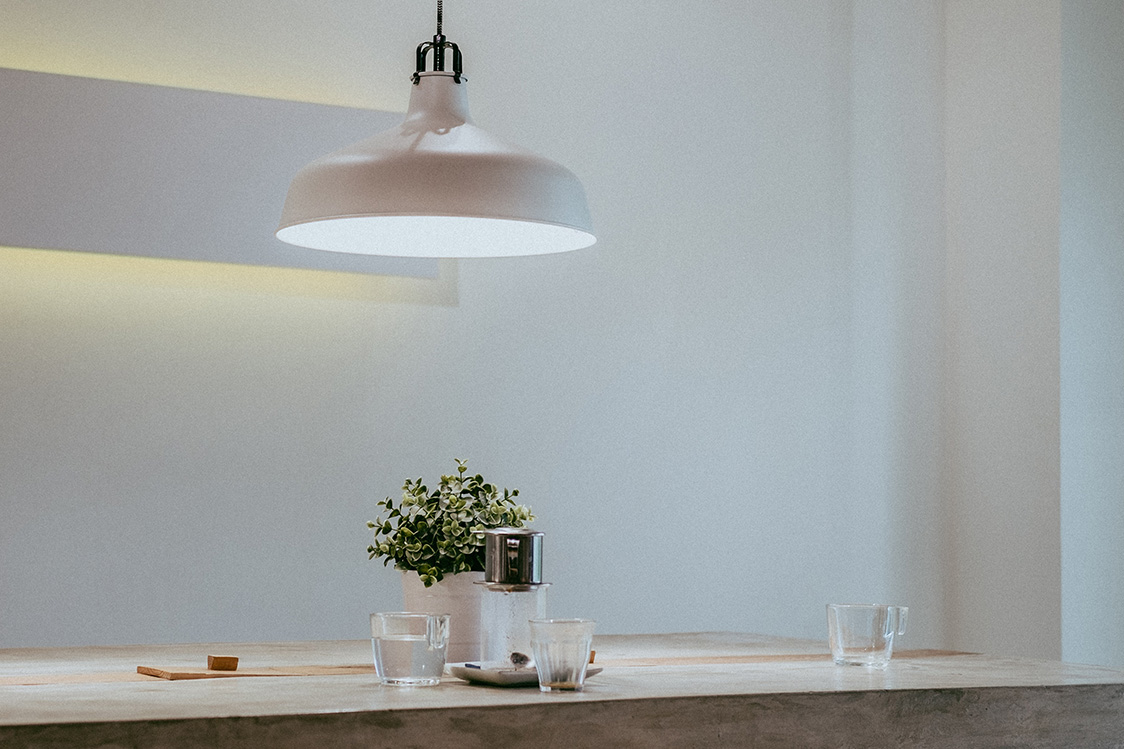The move towards COVID-secure workplaces presents new challenges for office layouts. Employees need to be spaced apart where possible, facing in one direction instead of face-to-face across a desk.
As a result, employees can be left feeling as though they have less space, not more, with less flexibility to accommodate teams in efficient ways or to leave more room between desks.
Our serviced offices in Manchester and London offer one way to add to your total workspace, as a temporary or permanent way to give each employee a genuine increase in the amount of empty space around them.
And it’s not just their area of floor space that can be beneficial, as research shows a room with a view feels more spacious for employees than one without.
Personal space and the virtual disc
A study published in the psychological sciences repository PsyArXiv surveyed 20 participants from the UK and 24 from South Korea, to identify similarities and differences between office workers’ perceptions of their personal space.
They found that the ‘virtual disc’ – the circle of perceived personal space that surrounds individual employees – is bigger in both cultures when the office has a good view of the outside world.
“We found that, in both cultures, participants experienced greater perceived personal space when in a sparse rather than dense office, and having a view of the city outside the office,” the researchers wrote.
At a time when there are tighter restrictions on how sparsely employees can be spaced out, the study indicates that a room with a view can help to increase workers’ satisfaction levels.
Casual culture
In the research, participants were shown virtual reality office environments, for example including shared office space, individual enclosed offices, and so on.
The researchers kept some aspects of these virtual reality environments the same, but varied others to make the virtual offices appear natural to participants from different backgrounds.
As a result, Korean participants were shown a formal workplace with employees seated at their desks, whereas British participants were shown a mix of more casual clothing and moments spent away from the desk, such as chatting around the watercooler.
We cater for these different ways of working in our serviced offices in Manchester and London, with the option of a formal desk arrangement, but also kitchen areas and breakout rooms for more casual chats about work and other subjects.
Making virtual offices a reality
The offices in this research were virtual reality, but our virtual offices in London and Manchester are real reality, giving you a way to increase each employee’s personal space by allowing more of them to work seamlessly from home.
We provide virtual offices in Manchester and London, at the same addresses as our physical serviced offices.
A virtual office means you can work from anywhere, but with the benefit of professional-looking contact details that base the public face of your business at one of our office buildings.
If you need to meet a client or job applicant in person, we have meeting rooms for hire. Or combine our virtual and physical serviced offices into a single mixed-mode workspace that supports your social distancing efforts, for a truly COVID-secure office.

